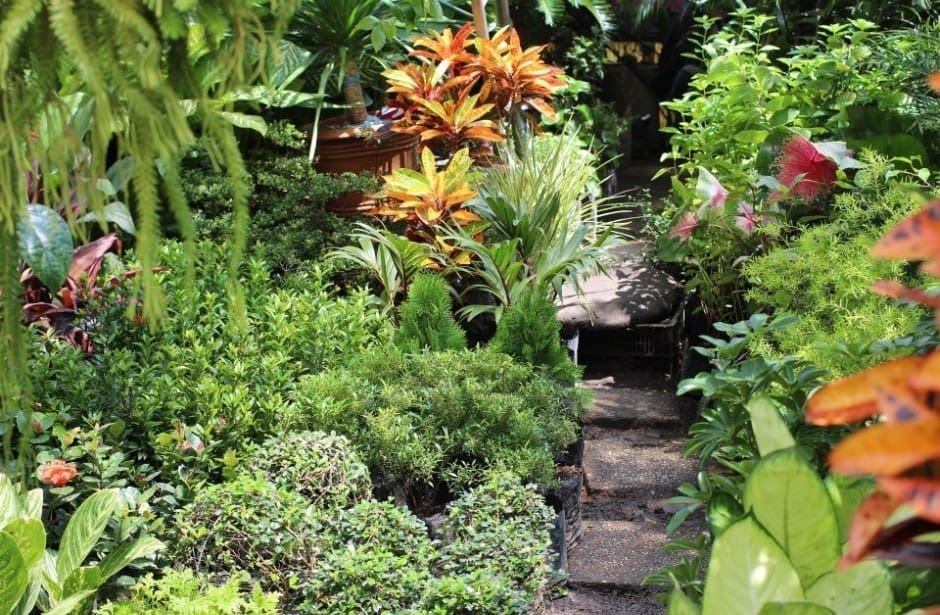By Trish Svoboda
For many, a stroll in nature offers more than just exercise; it provides a sense of peace. According to Kansas State University horticulture extension specialist Cynthia Domenghini, creating green spaces not only benefits individuals but also contributes positively to the environment. One effective method to establish these areas is through rewilding.
Rewilding involves transforming human-created concrete landscapes found in shopping areas, universities, and neighborhoods back into more natural settings. This approach aims to restore local ecosystems and bridge the gap between people and nature.
Domenghini said that rewilding enables people to have access to nature close to home, eliminating the need for long-distance travel to experience natural environments.
Rewilding requires making a conscious plant decision that is environmentally appropriate for the landscape, meaning they will require less watering, and once established, less management. Additional benefits include creating habitats for wildlife, enhancing soil health, and increasing biodiversity, thereby supporting beneficial insects.
A few tips she recommends for those wanting to try rewilding include looking for plants that are native to your environment, selecting plants that attract pollinators, limiting the use of pesticides and herbicides, and to be creative.
Domenghini highlighted that planting more vegetation can significantly benefit the environment, including enhanced carbon sequestration, improved air quality, and reduced erosion by allowing natural waterways to occur.













